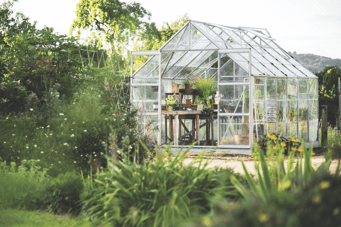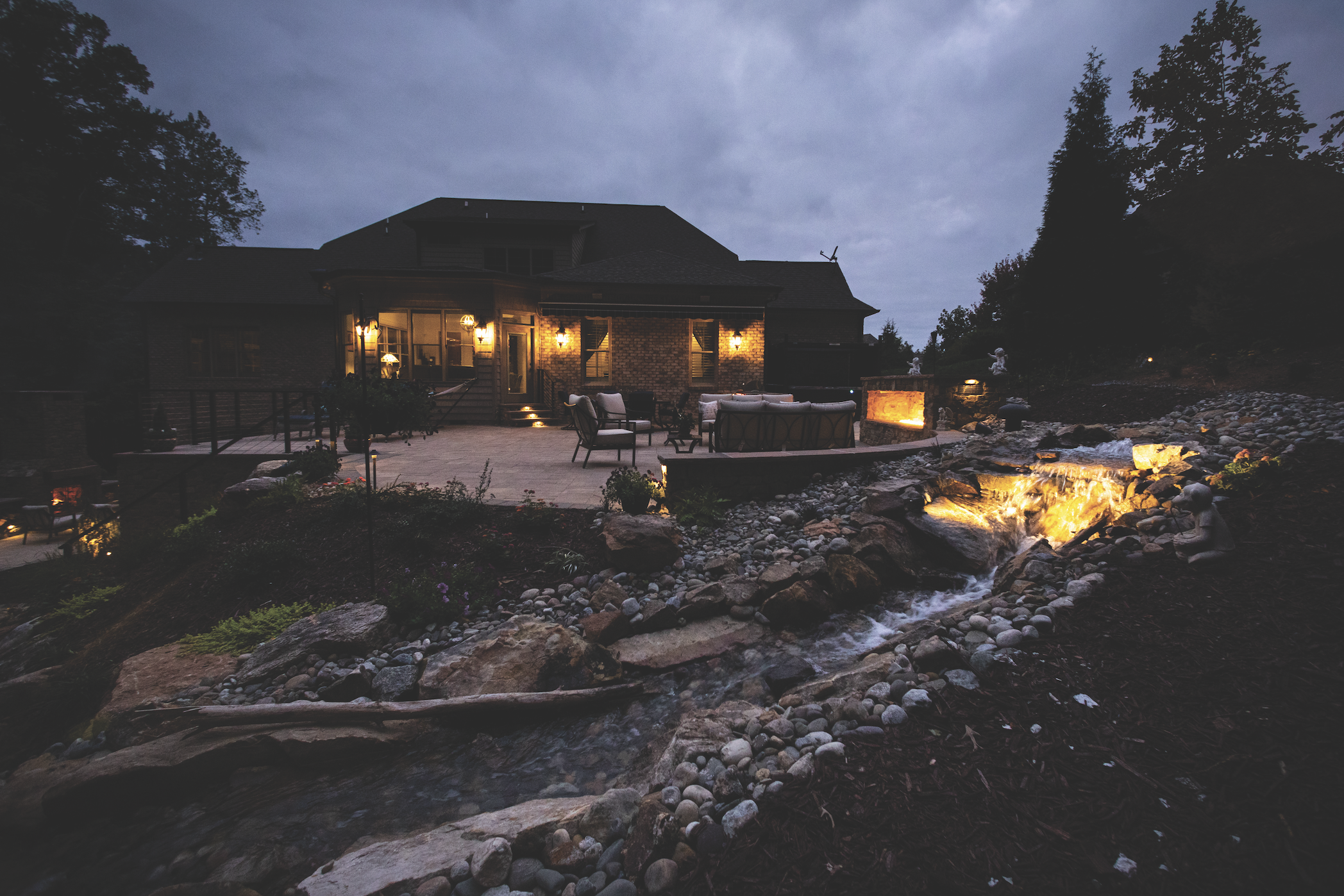As Americans, we tend to be known mostly as consumers. Having a completely self-sufficient lifestyle, responsibly utilizing the Earth’s resources to produce our own food seemed to be second nature to past generations. Currently, there is a renewed interest in returning to these past principles. Efficiently using our resources to create a harvest without waste or damage to the land is the basis of the practice of permaculture.
The term “permaculture” was defined in 1978 by Bill Mollison as:
"The conscious design and maintenance of agriculturally productive systems which have the diversity, stability, and resilience of natural ecosystems. It is the harmonious integration of the landscape with people providing their food, energy, shelter, and other material and non-material needs in a sustainable way."
.png?width=1912&height=1062&name=Hawkins%20Landscape%20Architect%20(3).png)
.png?width=2124&height=1202&name=Hawkins%20Landscape%20Architect%20(1).png)
.png?width=2116&height=1194&name=Hawkins%20Landscape%20Architect%20(2).png)
The principles of permaculture are very common sense and exciting for the eco-responsible gardener. Let's explore them further:
- Observe and Interact with the land.
For landscape architects, this step is known as the “site analysis.” It is the practice of observing the site for natural systems, patterns, sun, wind, water, wildlife and naturally occurring plants. These observations allow the designer to utilize these patterns for efficient and sustainable use of the site. - Catch and store energy.
Permaculture utilizes a “closed-loop system,” where the site’s ecosystem is naturally able to provide all it needs while also providing its own energy. For example, crops can be grown with captured and diverted water, which in turn feeds the animals and humans. Then, fertilizer provided through animal manure is captured and put back into the system, and the process begins again.  Use and value renewable resources and services.
Use and value renewable resources and services.
Using renewable forms of energy creates a sustainable system. For example, the use and conservation of water is extremely important in a permaculture garden. Using manmade solutions, such as swales and earthen berms, water can be directed to its intended location. Wind can be used to run a water pump, or the sun can create a growing environment in a cold frame or greenhouse.- Produce no waste.
Using our valuable resources creatively and in multiple applications will naturally create the least amount of waste. Kitchen scraps to the compost pile become fertile soil. Fertile soil becomes the garden for the nourishment of humans and animals. Repurposing useful household items for garden or other uses prevents our landfills from being inundated and meets an immediate need. - Integrate rather than segregate.
This principle encourages symbiotic relationships between the elements of the site where they support each other. For example, farm animals such as ducks and chickens can not only ultimately become food, but also help manage pests. Sheep keep vegetation mowed, and goats can be used to clear weeds. The manure of these animals can be used in compost to help fertilize the garden, which will turn into food for the animals and humans on the farm. - Use and value diversity.
Utilizing diversity reduces vulnerability to threats for the organisms on the site. Natural ecosystems are more resilient because the right plants, grown together, will thrive and enrich each other. They do this by attracting pollinators and repelling pests, in addition to enriching the soil, providing nutrients, shade or support. - Use edges and value the marginal.
This principle encourages the efficient and sustainable use of areas previously overlooked due to challenging terrain, soil, etc. For example, natural stone on the site could be harvested and used to create raised beds on a sloped area. Beds could be filled with compost created on-site to compensate for less fertile planting soil. - Creatively respond to change.
It is an ever-evolving process. This principle will allow for responsible change due to further observations and revelations on the garden and its environment.
Permaculture practices can allow for better use of your land’s resources and create a bountiful harvest while reducing waste for years to come! A wealth of information is available on the USDA’s website at www.nal.usda.gov/legacy/afsic/permaculture.
About
Lori Hawkins, RLA, ASLA, has been a registered landscape architect for over 30 years. She is registered in both North Carolina and South Carolina and has her own private practice in the Greensboro area. You can follow her on Instagram @3Dlandscapearchitect or check out her website at www.hawkinsla.com for more information.

Embracing Diversity–The Organic Way
In today’s competitive job market, attracting diverse talent is imperative to the success and overall health of your company. Currently, a large...

Greenscape Inc. Acquires Wakefield Landscaping, Inc.
Greenscape Inc. Announces the Acquisition of Wakefield Landscaping, Inc. RALEIGH, NC—Greenscape Inc., a leading provider of commercial landscape...
.png?width=541&height=218&name=synkd%20logo%20w%20tagline%20(2).png)



 Lori Hawkins
Lori Hawkins
